WTC2023 Athletic Events
MENS SANA IN CORPORE SANO
The roman poet Juvenal, in his efforts to criticize corruption and indulgence in the mid-first century AD, fixed his satirical eye upon “the vanity of human wishes”. Juvenal’s advice was to limit your hopes to a simple minimum. Pray for just one blessing: a sound mind in a healthy body (Satires 10. 356). His words have become a symbol for the benefits of recreational exercise.
In an athletic spirit, WTC 2023 Organizing Committee invites delegates to participate in two exceptional athletic events which will be held in Athens as parallel activities of the Congress.
ITA Young members group is extremely active and we are planning a respectively interesting program for them.
Stay tuned.
Join us in a symbolic marathon at the unique cultural monument of Panathenaic Stadium which served for the revival of the Olympic Games. The event that will include a run of 10 laps, will be held on Thursday, May 18, 16:00 – 18:30, with arrival time set for 15:00.
In the context of the Conference’s Social Responsibility, the specific activity will support the brave children of ELEPAP (Rehabilitation for The Disabled).
Register here
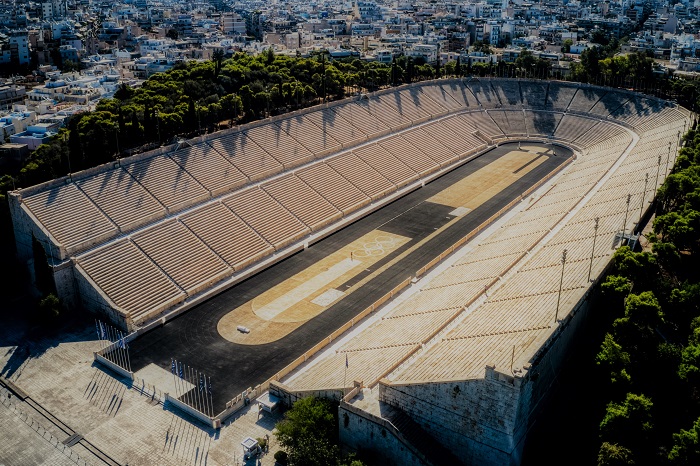
Panathenaic Stadium. A walk through its history.
A first attempt at reviving the idea of the Olympic Games was the Zappeian Olympiads, exhibitions of Greek products, in connection with which athletics events were organized in the Panathenaic Stadium, in 1870 and 1875. This idea was brought to fruition by Baron Pierre de Coubertin, who organized the International Olympic Conference in Paris, in 1894. President of the Conference was Demetrios Vikelas, who persuaded the delegates that the first modern Olympic Games should be held in the Greek capital in 1896. The Panathenaic Stadium was chosen to host the Olympic Games. Thanks to evidence uncovered in archaeological excavations during the nineteenth century, the rebuilding of the Stadium from Pentelic marble is distinguished by its high degree of fidelity to the ancient monument of the second century AD.
The first modern Olympic Games were a resounding success. It was then that the Olympic Hymn, with lyrics by poet Costis Palamas and music by composer Spyros Samaras, was heard for the first time. The winner of the Marathon race, the most popular contest, was the Greek Spyros Louis. Through-out the twentieth century the Panathenaic Stadium hosted diverse events. In the Athens 2004 Olympic Games it experienced moments of suspense and emotion during the archery contests and as the finishing line of the Marathon race. A creation of the Athenians, as its name proudly proclaims, the Panathenaic Stadium has been the venue for noble competition and fair play, of mind and of body, since Antiquity.
The Stadium is named after the length of the track, one stade, a measure of length in Antiquity equivalent to approximately 185 metres.
The area for the spectators which could accommodate over 68,000 persons, was divided into two tiers by a diazoma at the level of the 24th row of seats. Built stairways form the cunei, the continuous curvature of which secures optimum visibility of the track.
A passage between the front row of seats and the protective parapet covers an underground conduit for draining off rainwater.
The Panathenaic Stadium is located in the heart of Athens on the site of an ancient stadium and for many centuries hosted games in which nude male athletes competed (gymnikoi agones) in truck events, athletics championships as we would call them today.
The Tunnelling Societies of Australia and Greece invite you to an athletic event that unites nations on a cricket pitch!
During the World Tunnelling Congress of 2023, on May 17th, we welcome our latest Member Nation Pakistan with a cricket competition! All Member Nations are welcome to join us! Teams may comprise 3-6 participants, equipment will already be available. Check out the video below for more.
T (+30) 210 6833600
E info@wtc2023.gr
W www.convin.gr
Copyright 2024 GTS | Hybrid Congress Policy | Privacy Policy | Cookie Settings
Developed by LogicOne
Tarcisio Celestino was previously ITA President (2016-19) and President of the Brazilian Tunnelling Committee. He was the Animateur of the ITA Working Group 12 on Sprayed Concrete Use (2005-10). He earned his doctorate degree in Civil Engineering (Rock Mechanics) from the University of California, Berkeley (1981).
He is currently Professor at the University of Sao Paulo and employed by Themag Engenharia Ltda., Sao Paulo (Brazil), where he leads the Geotechnical Engineering, Engineering Geology &Transportation Engineering Design Groups. He is also responsible for the geotechnical designs of several hydroelectric power plants, subways, highways etc., including major underground works (since 1990). He has also acted as consultant.
Professor Celestino continues to contribute his knowledge for the graduate courses & research areas on Rock Mechanics & Underground Works, at the São Carlos Engineering School, University of São Paulo and for the ITACET Foundation.
Our destination is the exploitation galleys of one of the largest underground mines of Attica. The chambers of metal extraction, rich in recognisable minerals, combine the mystery of ancient drifts with the beauty of caves. We will wander underground for up to 3 hours and explore the maize of drifts, the chambers supported by natural as well as carved-out pillars and the stalactites decoration reminiscent of natural caves. Each of the routes we follow hides surprises waiting to be discovered!
After we will visit the great “Chaos” sinkhole, a heart-shaped sinkhole formation 150m in diameter and 55m deep. This chiasm may have been formed by the collapse of a cave roof as many of the area’s mining tunnels end there.
Scientific theme: Underground mining activity in Lavrio
Duration: 6 hours inclusive
Detailed program
9.30-10.30 Athens-Lavrio
10.30-13.30 Underground mines
14.00-14.30 Stop at dolin “Chaos” and return to Athens
14.30 – 15.30 Lavrio-Athens
Cost per person: 40,00 €
*limited participation on a first come first served basis. In case participants are less than 20, the respective event will be cancelled and a refund wil be given.
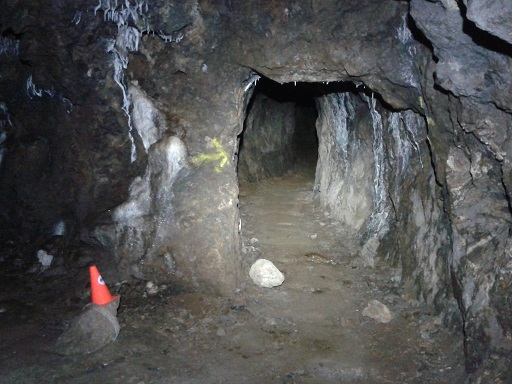
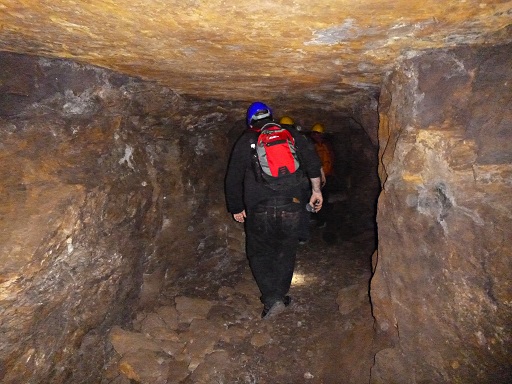
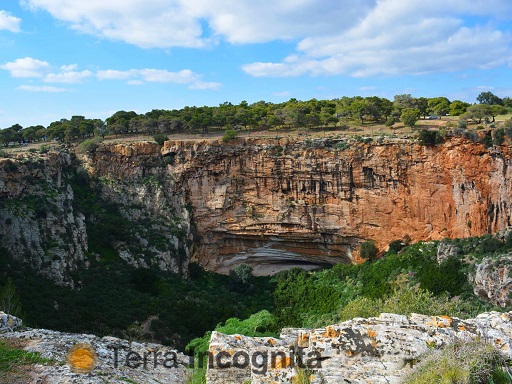
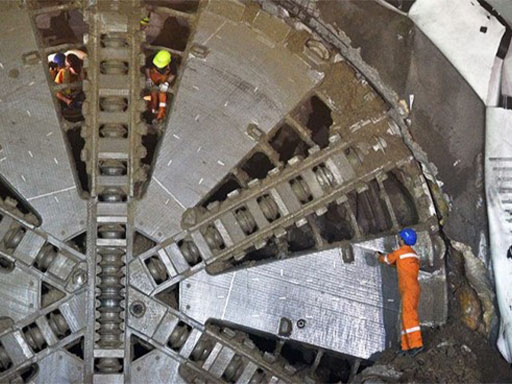
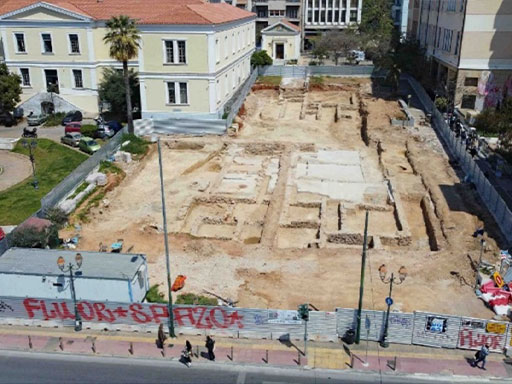
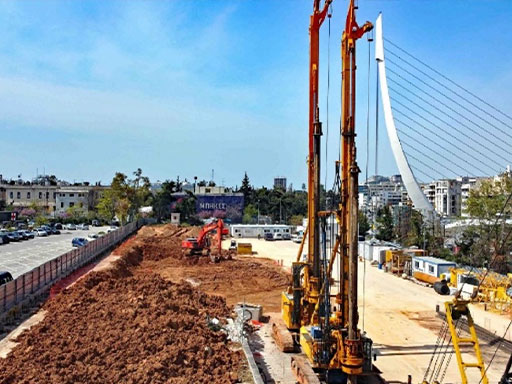
How many surprises can the Athens underground have in store for its visitors? The stroll will start from underground shelters and detention areas of the German Kommandatur, remnants of the 2nd World War in Athens. Then, we will take the steps that start off under a timeworn trap door on the side of a road or hidden away in a sidewalk flower–bed, that will lead us in a different, forgotten underground area of the city! For hundreds of years, underground pathways have been used for various and mysterious purposes. Some say that all underground pathways are interconnected although there is no proof of this. Nevertheless, the allure of an unknown world is always there, beneath the ground we walk on. We lift up the antiquated hatch and descend the stone steps. In the catacomb, we come across tunnels of ancient aqueducts, roman baths and byzantine crypts. The Athens river is also found hidden below the ground, running in old galleys under the most central streets of Athens – we can hear the cars passing over our heads!
We invite you to discover together the hidden secrets of our city!
Scientific theme: underground constructions of the 19th and 20th century.
Duration: Maximum of 4 hours.
Detailed program:
11.00 Meeting outside Metro Station Panepistimio
11.30 Memorial Site (Korai Street). Two-level underground shelter below the Mansion of Ethniki Insurance Company.
13.00 Catacombs of the Russian Church (Filellinon Street). Inside the catacombs a tunnel and a shaft from ancient Peisistratus aqueduct, ruins from roman baths and crypts of the Byzantine order of Likodimos -11th century.
14.00 Ilissos River (area of Panathenaic Stadium). The buried riverbed of Athens river Ilissos.
Cost per person : 35,00 €
*limited participation on a first come first served basis. In case participants are less than 20, the respective event will be cancelled and a refund wil be given.
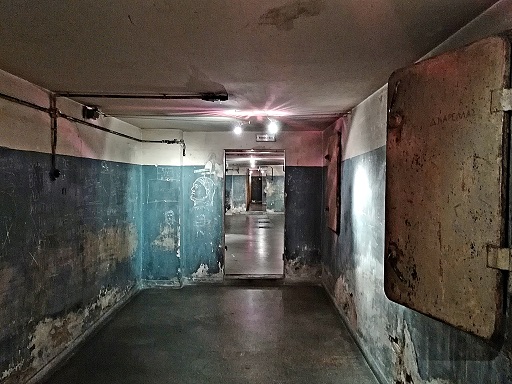
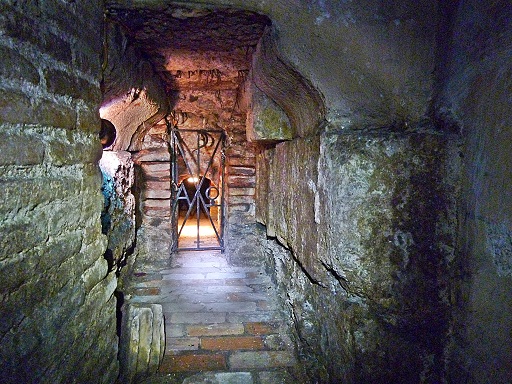
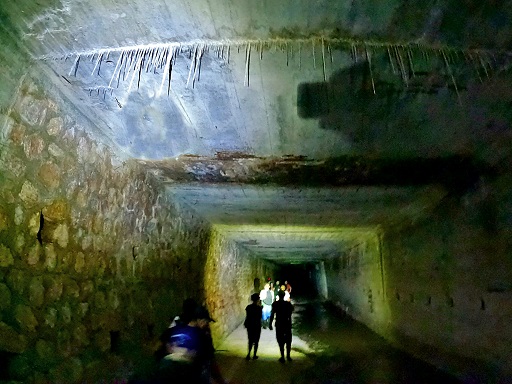



Professor Kyriazis Pitilakis has more than forty years of intensive academic, research and professional experience in civil, earthquake and geotechnical engineering. Vice-President of the European Association of Earthquake Engineering (EAEE), ex- Chairman of the Technical Committee “Geotechnical Earthquake Engineering andAssociated Problems” (TC203) of the International Society of Soil Mechanics and Geotechnical Engineering (ISSMGE), and past President of the Greek Society of Earthquake Engineering. He is presently Professor Emeritus in Aristotle University, Thessaloniki, Greece and since 2019 visiting Professor in Tongji University, International Laboratory of earthquake Engineering (ILEE), Shanghai, China.
Coordinator and scientific responsible of numerous European research projects, namely EUROSEISTEST and SYNER-G, he has a long experience in European research activities in earthquake engineering, geotechnical engineering, vulnerability and risk assessment of civil engineering structures, infrastructures and lifelines. According to the recent Stanford classification he is among the top 10 leading researchers in Civil Engineering in Greece, and among the top 10 leading international researchers in specific topics like Soil Dynamics, Engineering Seismology and Geotechnical Earthquake Engineering.
Chairman of several international conferences including the 16th European Conference of Earthquake Engineering, Thessaloniki 2018 and invited keynote lecturer in many International Conferences. Author of more than 650 scientific papers (h-factor 57) published in peer review scientific journals, and conference proceedings, author and co-author in several books, editor of four books published in Springer Editions, all in relevant subjects of earthquake engineering, seismic risk and geotechnical earthquake engineering. Professor Kyriazis Pitilakis is founder and coordinator of EUROSEISTEST, a large scale experimental facility in earthquake engineering, soil dynamics and engineering seismology that is unique in Europe and worldwide. He supervised more that 30 PhD thesis and numerous of his students hold academic positions in Greece and worldwide.
Professor Kyriazis Pitilakis is strongly involved in the ongoing revision of EC8 (Part 1-Seismic Actions and Part 5-Seismic design of foundations, retaining structures, soilstructure interaction, liquefaction, slope stability and underground structures), while he has been international expert for the revision of other seismic codes worldwide.
He is member of the editorial advisory board in Springer editions (Geotechnical, Geological and Earthquake Engineering), member of the editorial board and reviewer of numerous scientific journals and member of many international societies in earthquake and geotechnical engineering.
Honors: Chevalier dans l’Ordre des Palmes Academiques, French Republic.
Thessaloniki 06.06.2022
The 12th Muir Wood lecture will be delivered by Professor Marc Panet during the WTC2023 in Athens. His nomination being a Muir Wood lecturer was proposed by the French Tunnelling & Underground Space Association (AFTES) as per ITA’s Statues and By-laws.
Marc Panet graduated in Civil Engineering at the École des Mines de Paris and obtained a Master degree at the University of California at Berkeley. He started his career in 1965 at the Laboratoire Central des Ponts et Chaussées, in Paris, where he was a Research Engineer, Head of the Geotechnical Department and Technical Director. In 1982 he joined the SHP Group, in Paris, as Scientific Director. From 1984 to 1996 he was the President and CEO of SIMECSOL; and from 1996 to 2000 President and CEO of FC International SA. Since then he has been working as a consultant. He taught at the École Nationale des Ponts et Chaussées, at the École des Mines and at the École Centrale des Arts et Manufactures, in Paris.
Marc has been in charge of numerous studies in geotechnical engineering for underground works, highways, bridges, and natural hazards. Among the main projects are: the Mont Blanc Tunnel (11.6km), the Frejus Road Tunnel (12.9 km), the Large Electron–Positron Collider (CERN in Geneva), the Channel Tunnel (from 1967 to the end of the construction), the Millau Bridge, the Loetschberg Base Tunnel (43 km), subways in Paris, Rennes, Caracas, Athens and Algiers, the slides of the city of Constantine (Algeria), the project of the suspended bridge on the Straits of Messina (Italy) and the project of the cable-stayed bridge on the Golden Horn (Turkey). He is presently involved in a large number of geotechnical projects.
He is the author of a large number of publications in professional journals and international conferences and of the well-known book “Calculation of tunnels using the convergence-confinement method”.
Marc Panet is a Honorary Member of the French Academy of Technology, Knight of the National Order of Merit and Knight of the Order of Academic Palms.